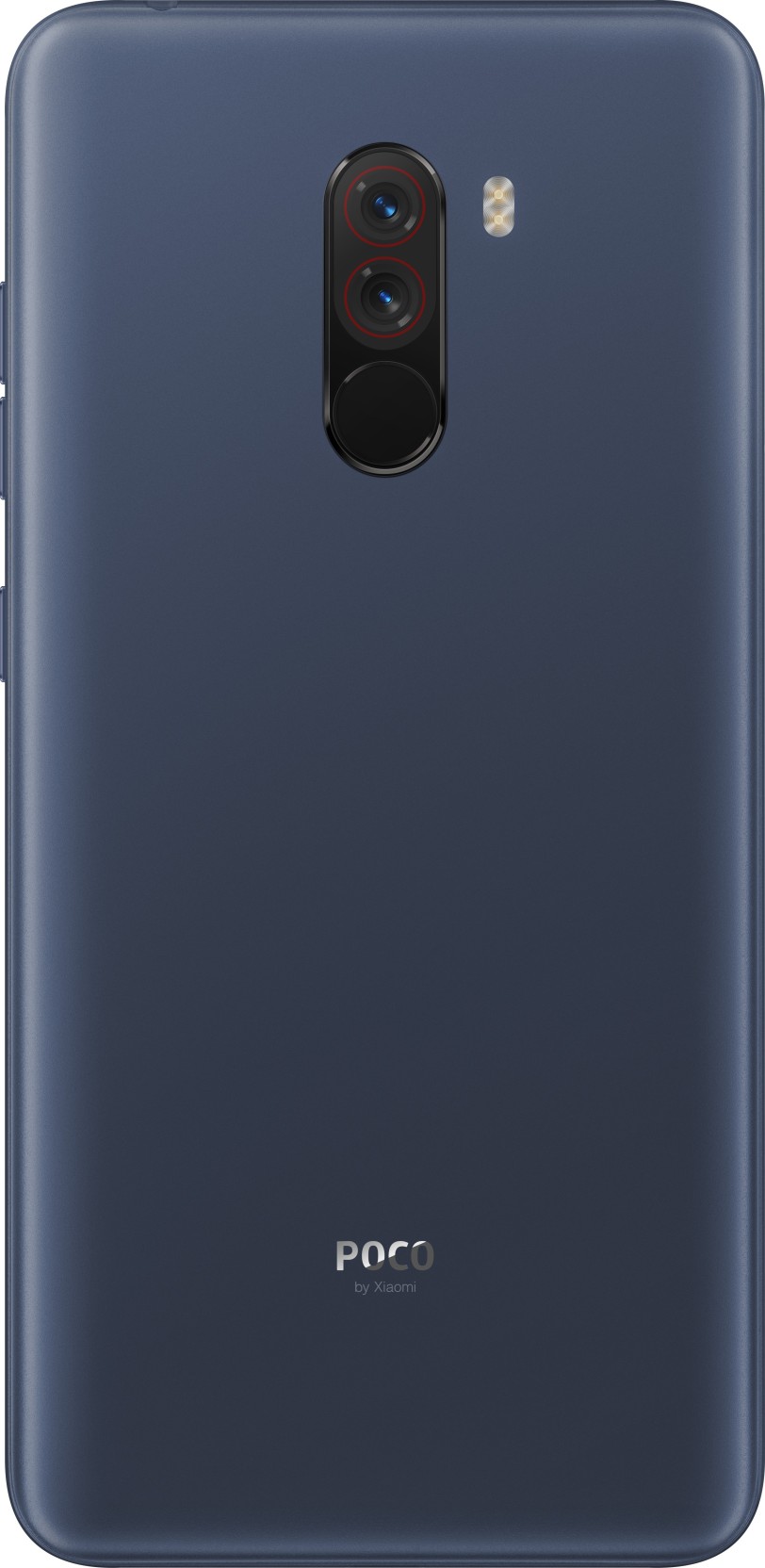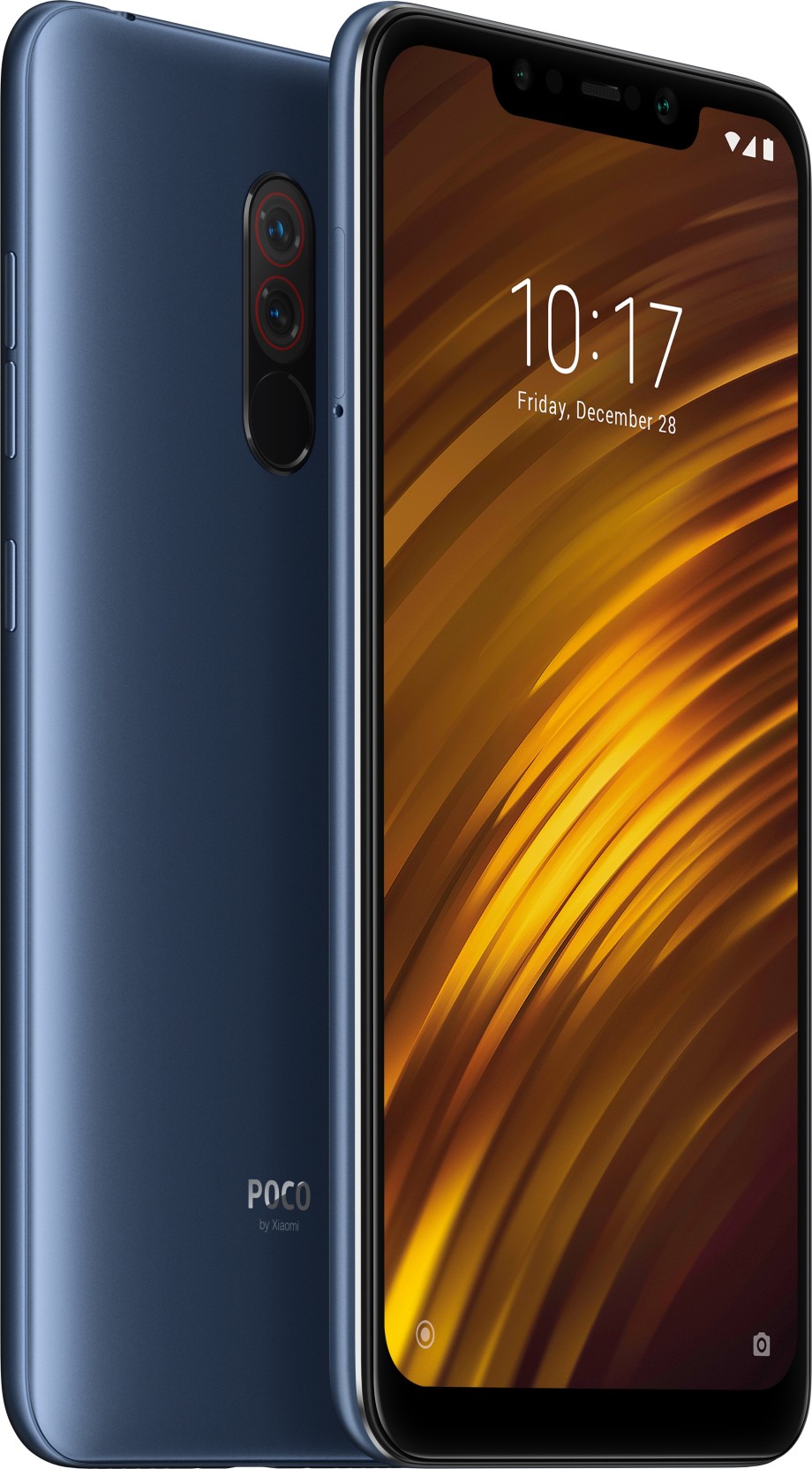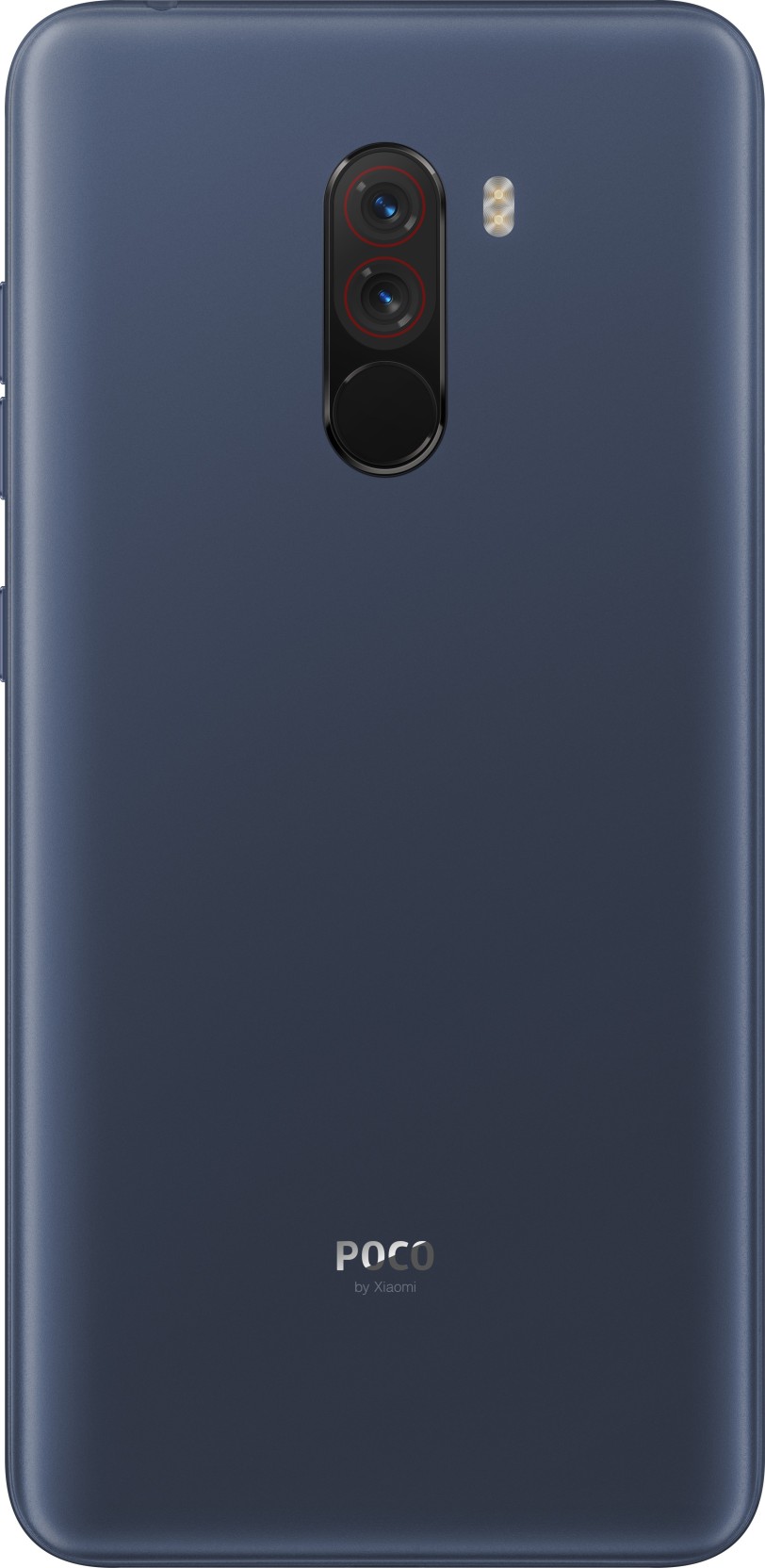Excellent performance and a low price - that's what's bribing in this first model of the Xiaomi Pocophone F1 series. Let's take a look at its strengths and weaknesses in the following lines.
Xiaomi Pocophone F1 Specifications

- Release date: 2018, August
- Colors: Graphite Black, Steel Blue, Rosso Red, Armored Edition with Kevlar
- Dimensions: 155.5 x 75.3 x 8.8 mm.
- Weight: 182 g.
- Screen: 6.18" in, 1080 x 2246, IPS LCD
- Camera : Dual, 12MP
- Chipset: Qualcomm SDM845 Snapdragon 845 (10 nm)
- CPU: Octa-core (4x2.8 GHz Kryo 385 Gold & 4x1.8 GHz Kryo 385 Silver)
- Memory: 256 GB, 8 GB RAM 64/128 GB, 6 GB RAM
- Battery: 4000, Non-removable Li-Po
- Network: GSM / HSPA / LTE
- Operating system: Android 8.1 (Oreo), upgradable to Android 9.0 (Pie); MIUI 10.2 POCO
- Sensors: Infrared face recognition, fingerprint (rear-mounted), accelerometer, gyro, proximity, compass
If you are curious to find out all the details before reading the full review, visit the page for Xiaomi Pocophone F1 Specs, where you will find even the smallest detail about the phone.
Design

What immediately catches the eye is that the Poco F1's body is made of plastic. This choice is explained by the price class to which it belongs. The manufacturer had to save money on materials. After all, the cheapest plastic has not been used here like in most budget smartphones. The material seems to be of good quality, does not scratch and can turn out to be quite sturdy. For fans of opulence, there is a special version Armored Edition, whose panel is resistant to falls.
Display

The Poco F1 sports an IPS LCD screen with a resolution of 2246 x 1080 pixels and a pixel density of 403 pixels per inch. The same thing we see in the Mi 8 model. The aspect ratio is 18.7:9, thanks to which the smartphone has got elongated and is suitable for one-handed operation. The maximum brightness stands at 461 nits. This is not a bad result, but under direct sunlight the screen will be unreadable. You'll have to look for shade. The color rendering is in turn calibrated excellently. In any of the modes, colors will be natural and saturated.
Performance

The Poco F1's main trump card is high performance. The smartphone has been given a top chipset while keeping its price affordable. The device runs on the Snapdragon 845. It is available in versions with 6/8 GB of RAM and 64/128 GB of internal storage. Its computing power is enough to run 3D games, augmented reality apps and video processing programs.
To keep the Poco F1's performance stable under heavy load, the smartphone is equipped with a special liquid cooling system. When the processor heats up, liquid in a copper tube evaporates and moves to the cooler section where it creates condensation. This keeps the temperature under control and maintains the stable performance of the Poco F1.
The graphics processor is the Adreno 630. For its time, this is one of the best mobile solutions, providing top performance even on devices with large 1440 pixel resolution displays. So it's no surprise that the Poco F1 shows enviable results in tests.
Cameras

A modern flagship smartphone cannot do without a dual camera. Even a triple, as we see in the Samsung A7. In the Poco F1 are placed two sensors. The main module is like the one in the Mi 8: a 12 MP Sony IMX363 with f/1.9 aperture and dual-focus autofocus. Optical stabilisation is absent. There is, however, a dual-LED flash. The additional sensor has a resolution of 5 MP and serves to improve the quality of photos.
The Poco F1's camera has a satisfyingly standard set of features, modes and filters that we know from other Xiaomi models. In manual mode, you can adjust the white balance, ISO, etc. You can also set the focus - from 1 to 100, between large plan and infinity.
As for the quality of the photos, during the day they will be clear, with high detail, almost no noise and with superb contrast. Colours will be accurate and vibrant. The dynamic range will amaze you, you may not even use the HDR mode when shooting during the day.
In addition, the Poco F1 model has received artificial intelligence support, which adapts the camera parameters according to the shooting scenario. The system works adequately.
In low light conditions, the camera will let you down slightly. Noises will appear. In Auto HDR mode, there is a strong reduction in noise, but details are blurred.
For portrait shots, the Poco F1 has two camera modules. For the money invested, you get an average level of quality. They are somewhat detailed and with the right nuances.
Autonomous operation

The Poco F1 is packed with a 4000 mAh battery. It comes with an 18W charger with support for Quick Charge 3.0 fast charging technology. You can charge the battery up to 35% in half an hour and up to 100% in an hour and a half. In video playback mode, you can enjoy 12 hours of operation, for phone calls, 25 hours, and for web browsing, up to 13 hours.
Conclusion
The Poco F1 is a wonderful specimen for its time. It offers a large screen, powerful performance, large battery and ample amount of memory expandable using a microSD memory card. This smartphone is one of the most affordable with Snapdragon 845.
Xiaomi Pocophone F1 video review
Disclaimer: The information presented in this article is based on our team's personal experience with the Xiaomi Pocophone F1 and third-party sources. While every effort has been made to provide accurate and reliable information, readers should keep in mind that this is a subjective assessment. The writing of this article was not paid for or sponsored by Xiaomi.

